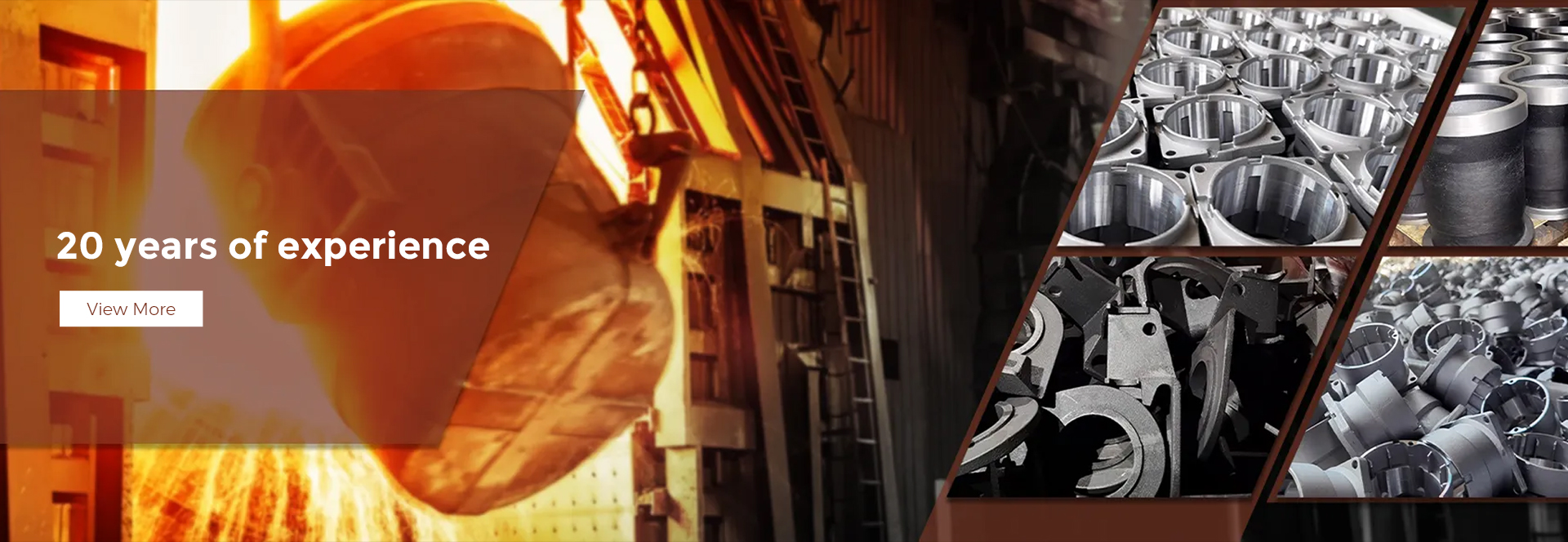Mobile:+86-311-808-126-83
Email:info@ydcastings.com
Understanding the Role of Diffusers and Impellers in Pump Performance Optimization
Understanding Pump Diffusers and Impellers A Key Component in Fluid Mechanics
In the realm of fluid mechanics, particularly in the study and design of pumps, two critical components play a pivotal role the diffuser and the impeller. These components are essential to the efficient transfer of energy within a pumping system, impacting flow rates, pressure, and overall performance. Understanding their function, design, and interaction can significantly enhance the efficiency of hydraulic systems.
Impellers The Heart of the Pump
The impeller is often considered the heart of a pump. It is a rotating component that converts mechanical energy from the motor into kinetic energy in the fluid. As the impeller spins, it throws the fluid outward due to centrifugal force, increasing the velocity of the fluid as it moves through the pump. Impellers can have different designs — such as closed, semi-open, or open impellers — depending on the application and the type of fluid being pumped.
Closed impellers, featuring a back and front shroud, are favored for their efficiency and ability to handle a variety of fluids, including those with solid particles. Semi-open impellers facilitate handling of slightly thicker fluids and provide a balance between efficiency and flexibility. Open impellers have no shrouds, making them suitable for pumping fluids with large particles or fibrous materials.
The material of the impeller is also crucial; it must withstand wear and corrosion, especially when pumping abrasive or chemically aggressive fluids. Common materials include stainless steel, bronze, and various plastics, tailored to the demands of the specific fluids handled.
Diffusers Channels of Energy Transformation
pump diffuser and impeller

While the impeller adds energy to the fluid, the diffuser's role is to convert the kinetic energy imparted by the impeller into pressure energy. Located downstream from the impeller, a diffuser typically consists of a series of vanes and a widening passage that allows for a gradual deceleration of the fluid’s velocity. As the fluid flows through the diffuser, its speed decreases, and its pressure increases, thereby facilitating the pressure head required for fluid transportation.
Diffusers come in various shapes and designs, including radial and axial configurations, which can influence the performance of the pump. A well-designed diffuser can enhance pump efficiency, reduce turbulence, and minimize losses due to viscosity. An important aspect of diffuser design is the area ratio — the ratio of the area of the diffuser’s exit to its inlet, which affects the flow velocity and the dynamics of pressure recovery.
The Synergy Between Impeller and Diffuser
The interaction between the impeller and diffuser is fundamental to the overall efficiency of a pump system. A well-coordinated impeller-diffuser arrangement ensures optimal fluid flow, minimizing potential losses caused by turbulence and recirculation. When these components are misaligned or poorly designed, issues such as cavitation, vibration, and excessive wear can arise, leading to premature failure of the pump.
One of the primary goals in pump design is to match the impeller characteristics with the diffuser's geometry to create a seamless transition for the fluid. Numerical modeling and computational fluid dynamics (CFD) simulations are often employed to predict how changes in impeller or diffuser designs affect flow patterns and energy efficiency.
Conclusion
In conclusion, both the impeller and diffuser are integral components of pump systems, each serving a distinct purpose but working together to ensure efficient fluid movement. The proper design and selection of these components can lead to enhanced performance, reduced operational costs, and prolonged equipment life. As industries continue to evolve and demand greater efficiency and reliability from their fluid transport systems, the importance of understanding and optimizing the interactions between pump diffusers and impellers cannot be overstated. By focusing on these critical elements of pump design, engineers can significantly improve the performance of hydraulic systems in a variety of applications. Whether in water supply, chemical processing, or industrial equipment, the synergy between impellers and diffusers remains a foundational aspect of successful fluid mechanics.
-
Understanding Metal Casting TechniquesNewsApr.02,2025
-
Understanding Exhaust Manifolds for Enhanced Engine PerformanceNewsApr.02,2025
-
The World of Metal FabricationNewsApr.02,2025
-
Key Components for Pump and Turbo EfficiencyNewsApr.02,2025
-
Essential Tools for Automotive Maintenance and RepairNewsApr.02,2025
-
Durable Valve Components for Effective Water ManagementNewsApr.02,2025











